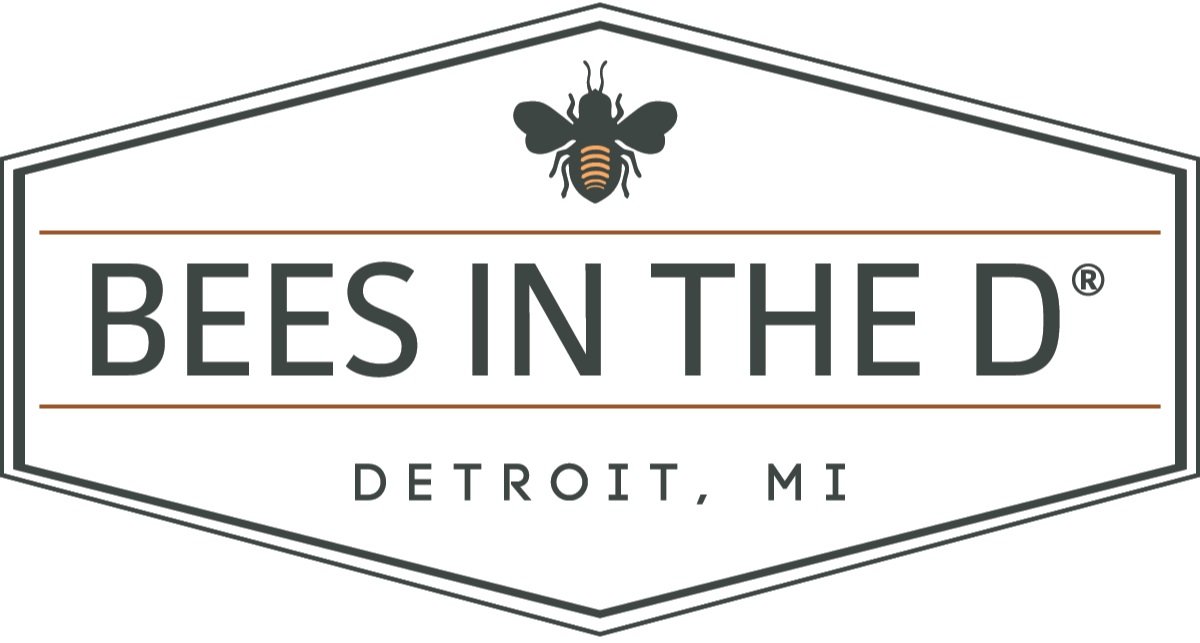Beekeeping for Bee-giners
OAKLAND TOWNSHIP — Honeybees are critical to our food supply and ecosystem.
“Six years ago, I went to Beaver Island for a two-week crash course on beekeeping,” Brian Peterson, a Dinosaur Hills volunteer at Oakland Township’s Cranberry Lake Park, said July 20. “I became addicted to bees after one day.”
Peterson led a group of beekeeping enthusiasts through his own crash course of bee information last week, providing valuable tips for starting and maintaining beehives, and giving some bee history.
“The more hands-off you are, the more production you get,” he said. “If you keep your hive neat, you take away from their production.” The bees handle everything. “A beehive is a well-oiled machine,” he said.
Start-up costs for a beekeeper are usually less than $500 for a hive, beekeeper suit and the bees, which are delivered by mail, accompanied by a queen bee. “The start-up is the expense,” Peterson, who is an elementary school science teacher, said. “Then it pays for itself.”
He said he has generated 40 pounds of honey from one beehive this year. “It is a good honey year,” he said. “We’ve had lots of rain.”
Honeybees are not native to North America, Peterson said. They were imported from Europe, and the most popular strains arrived from Italy and Germany. “They were imported here by ship,” he said, and the import “failed more times than it succeeded.”
Now, honeybees are so important to our ecosystem as pollinators that “it is hard to believe they are not native,” Peterson said. Honey is the most preservable food on the planet, he said. “It has been found in the pyramids. If it crystallizes, heat it up and it is fine.”
Scientists are still trying to explain the recent die-offs of beehives worldwide. “They’ve ruled out cellphones,” Peterson said.
Honeybees are not bumblebees or yellow jackets, he explained, and will only sting humans to defend themselves or their home. Honeybees have complex social lives, and hives hold three different types of bees: female worker bees, male drones and the queen.
“All the workers are females and they do everything,” he said. “They clean, forage, guard the beehive and keep it cool. The drones’ only job is to breed and fertilize the queen. The queen lays about 1,000 eggs a day.”
Angela Cremeans, of Rochester Hills, attended the workshop and said she has considered installing a beehive on her property. “I have about an acre,” she said. “I’m interested in bees for pollination and for my own personal honey.”
Liz Timmerman, of Rochester Hills, said she is also interested in increased pollination by bees in her garden. “Last year, my pumpkins never got pollinated,” she said.
Keeping a beehive is an uncomplicated and usually successful operation that can be accomplished in a yard of almost any size. “Bees love artificial hives,” Peterson said. “It is the condo they all want.”
He said new beekeepers should join one of the local bee clubs, which meet once a month and provide information and mentoring.
Peterson said he is currently looking for a loft location that will support a rooftop garden and beehive. “It is becoming more and more acceptable because people are realizing that we need our bees,” he said.

